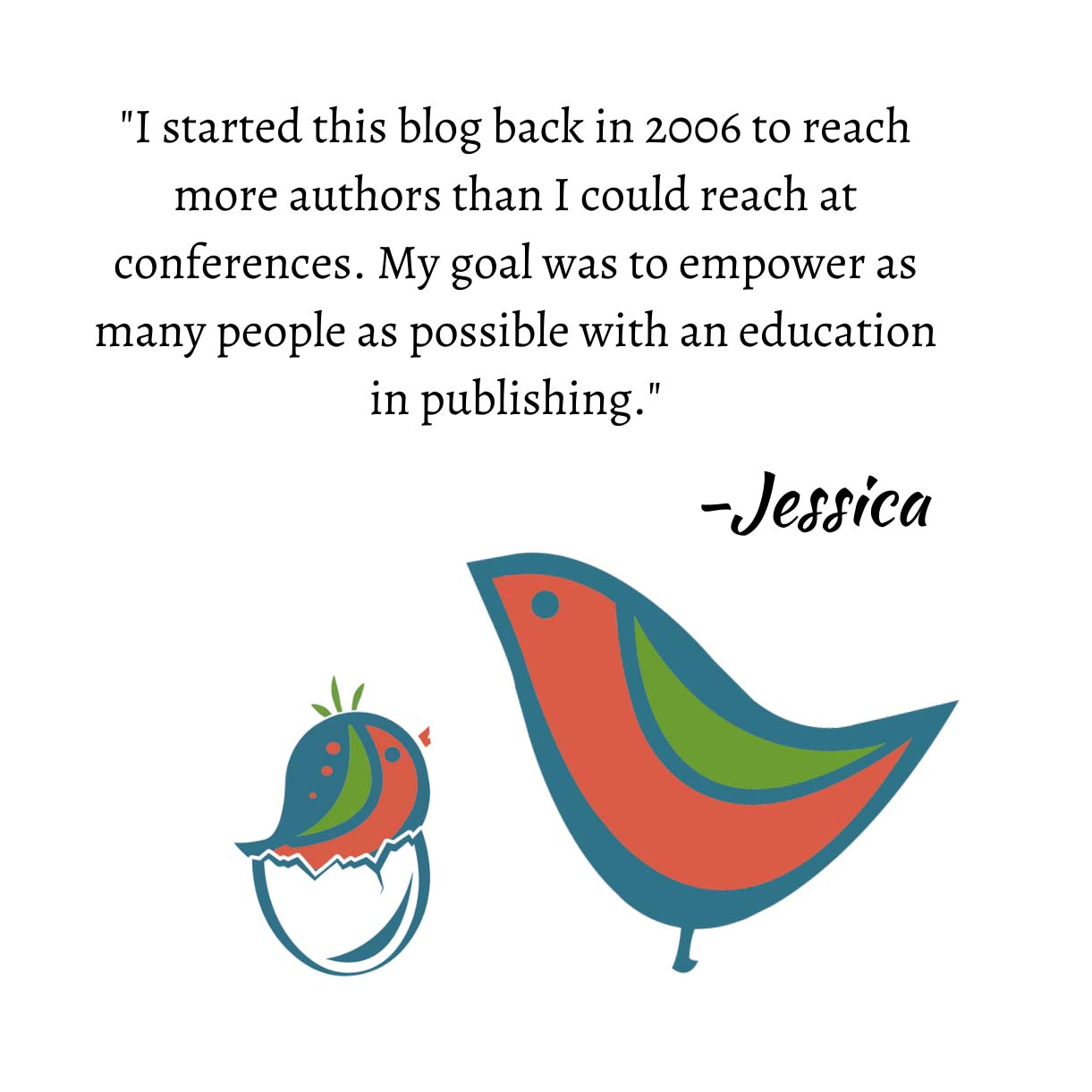How I Approach Submissions
- By: Jessica Faust | Date: Feb 27 2018

Every time I go to submit a new project I approach the submission as if I’m brand new in publishing, with no knowledge of who’s who or any real contacts. In other words, I don’t always have a predetermined list of exactly which editors are going to receive the book. I have ideas, but nothing concrete until I do my research.
I’m not sure if that’s the most efficient way to do the job, but it’s what works for me and, quite honestly, I really enjoy it.
Each submission starts with a blank page. While I should probably create an excel spreadsheet, I have a more simplified system using Word. I start by making a list of publishers who, off the top of my head, would be perfect for the project. Then I start my research. I add the names of the editors I know, I like, and who are responsive. Of course, they are also a good fit. My next step is to go into Publisher’s Marketplace and read every deal that even remotely sounds like a possible comp and this doesn’t always mean in the same genre. I read PM almost daily, but when I have a submission I’m looking at specific deals with specific selling points (genre, style, etc). From there I review all the publisher websites to see if there’s anyone who pops out at me, and lastly I review our own list of editors from the information we glean from talking and meeting with them.
That’s a start. As time goes on there will be other things I’ll do, like keeping a constant eye on new deals and even reading acknowledgments of competitive titles.
As I come across editors with potential I write them down. Some get stars, those are the editors I know would be perfect for the project. Some get questions marks and some publishers have a list of two to three editors. As I review, think, talk to my team, and even connect with editors my list will narrow and become clearer.
The submission process can easily take up to a week. I’m very careful and systematic. This also involves writing my pitch letter (which can sometimes take a week on its own), but it’s a critical first step in introducing an author to editors and a house. You only get one shot with a project at any given house and it’s imperative that I make sure it’s the right shot and not just anyone.

Super interesting, thank you!
Your process is very similar to how I developed my query list, even down to the starred best fits. But on my list the top contenders got starred and circled (you know so they didn’t get confused with just the ‘starred folk’).
A very interesting summary of how you perform this process! I know every agent has their own way of approaching submissions, but if I was one of your authors I would appreciate your thoroughness.
It’s when I hear things like this that you start to realise how much an agent adds to an author.
I have always preyed that my work would appeal to an agent, for the support and guidance. That was before I knew the extra things like this.
Thank you for sharing your process. With as much attention you give to you work, it reminds all of us writers that paying attention to our work is just as important if we hope to work with a like-minded, meticulous publishing partner.
Snap
Really, it’s the same process for those of us on the unpub side of the fence (except for the Publishers Marketplace bit – I use Query Tracker). I guess that’s why agents are (mostly) sympathetic to writers who have to query.
Although, that makes me wonder, do editors always reply to agents when they receive a submission, or is “no response means no” a thing there as well? (and if not, why do agents do it to us?)
Most editors will always reply. It’s about our relationship with them. But there are sometimes a few who just don’t.
Ahh, that makes sense. You would develop a relationship with the editors, while unpublished writers are a grain in a beach of sand. Hence the difference in responses. Thanks, Jessica =)